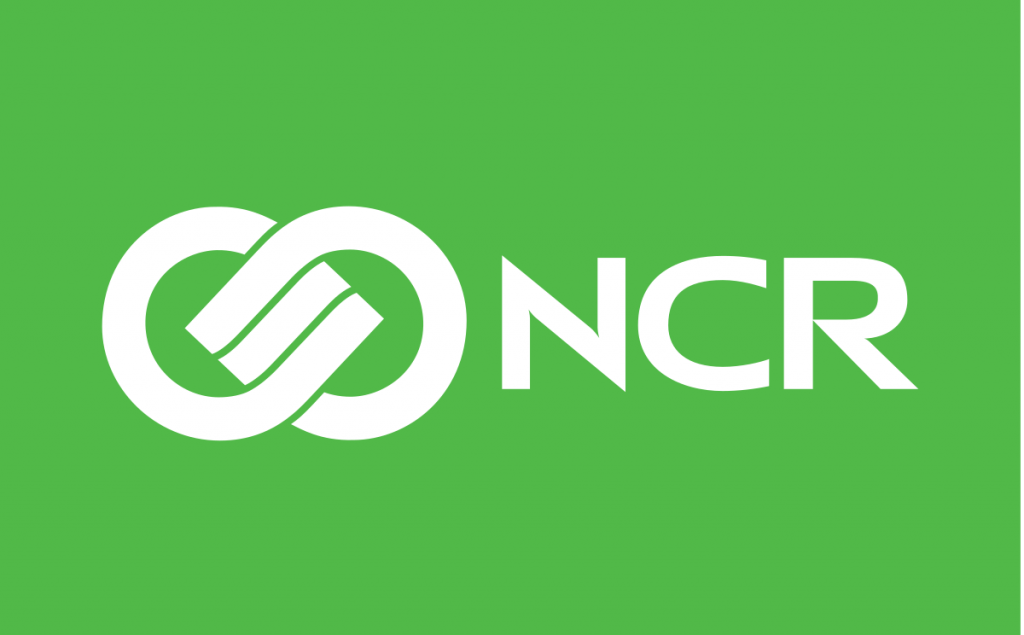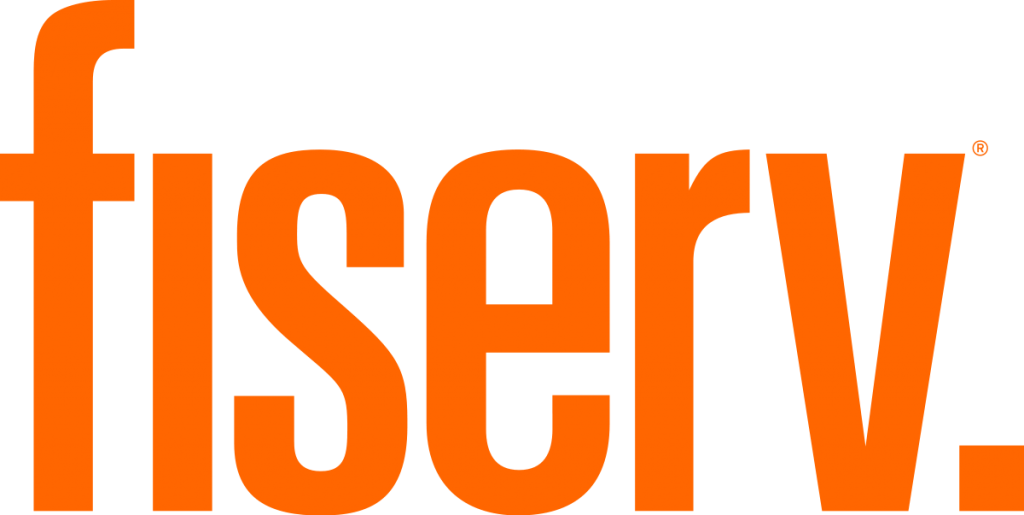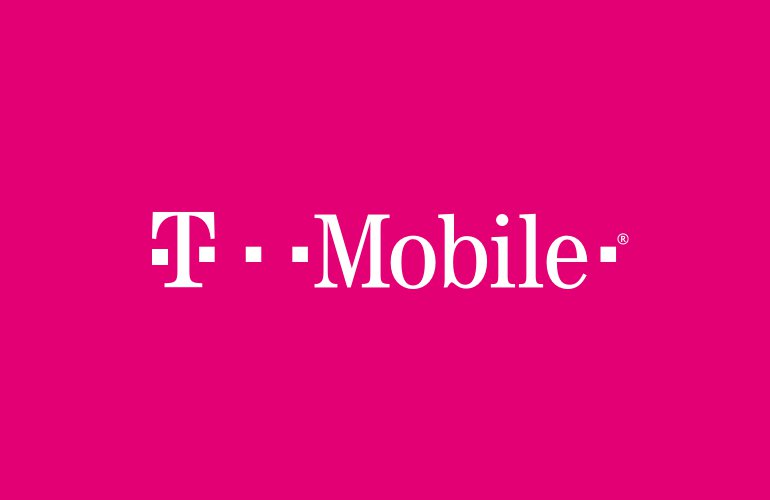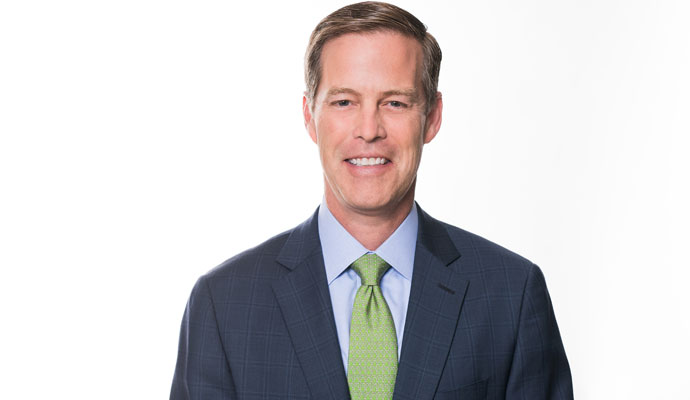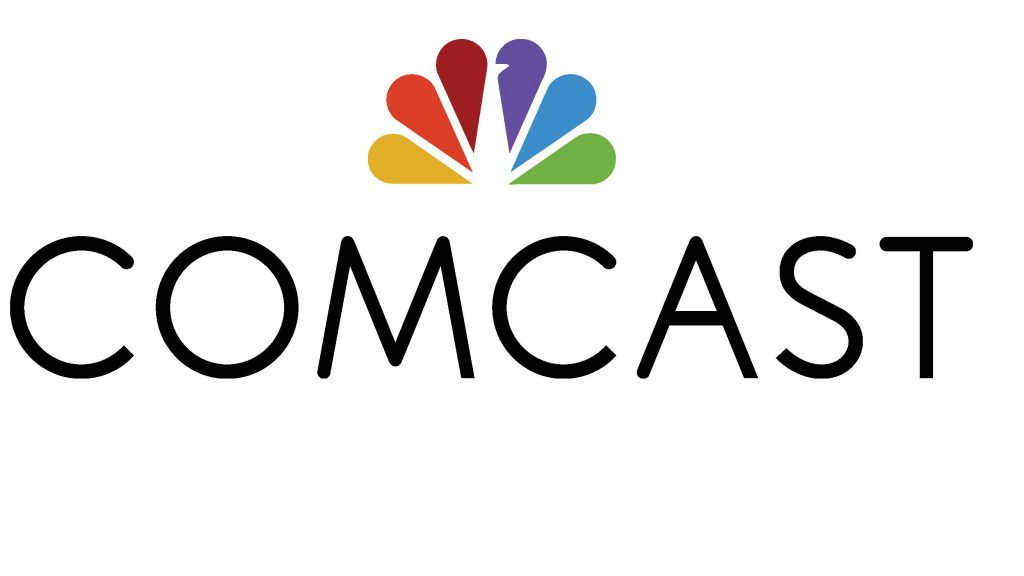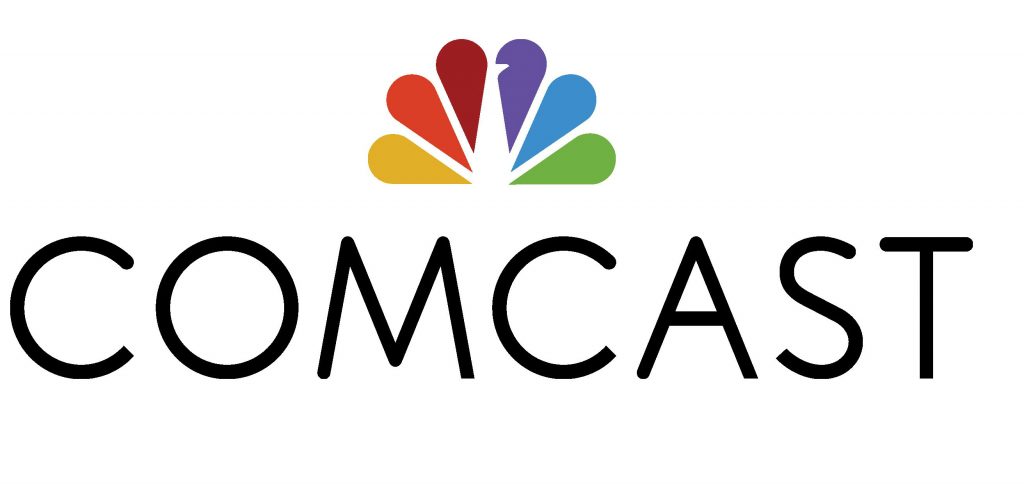Rogers Communications – See how Father-Son Duo helped in commercializing the Radio industry in Canada
Canada-based Rogers Communications is primarily operating in the field of wireless communications for a long time. The inventor of the AC heater filament cathode, Edward Rogers Sr. built the strong foundation of Rogers Communications, and the legacy is continued by his son Edward Jr. Headquartered in Toronto, Ontario, the firm us providing miscellaneous service in internet connectivity, cable television, and other telecommunication and mass media-related service.
In Canada, Rogers’s communications is a tough rival of Bell Canada, Telus, and Shaw Communications. As well, it is one of the communications providers in a region which dominates the market. Presently, it has many subsidiaries like Rogers Bank, Rogers Cable, Chatr, and Fido Solution. Rogers Telecom, Rogers Sports & Media, and Rogers Wireless are also some of the subsidiaries of the firm.
Rogers Communications Backstory
The roots of the foundation of Rogers’s communications were found in the establishment of the CFTO television station. Prior to that, Edward Rogers Sr. had enabled radios that can be powered by electric current. It was the result of his invention, the AC heater filament cathode for radio tube changed the whole scenario. This invention brought revolution and did a crucial role in commercializing radio reception. After establishing the CFRB radio station, he also focused on Television. But unfortunately, he died in the middle of his radar experiment. Thereafter, his son Edward Jr. also known as Ted decided to follow in his father’s footsteps.
In the year 1960, Edward Jr. and his friend Joel Aldred acquired an FM radio station CHFI. Plus, this duo later established CFTO-TV as the foremost television station own by a private company. Back in 1967, they started Rogers Cable which was later renamed Rogers Communications in 1986. Just within 20 years, the firm has achieved popularity in the market. It also purchased the Canada based cable system in 1979. Thereafter, the firm has marked its name in the list of Toronto Stock Exchange.
The masterminds behind Rogers Communications success
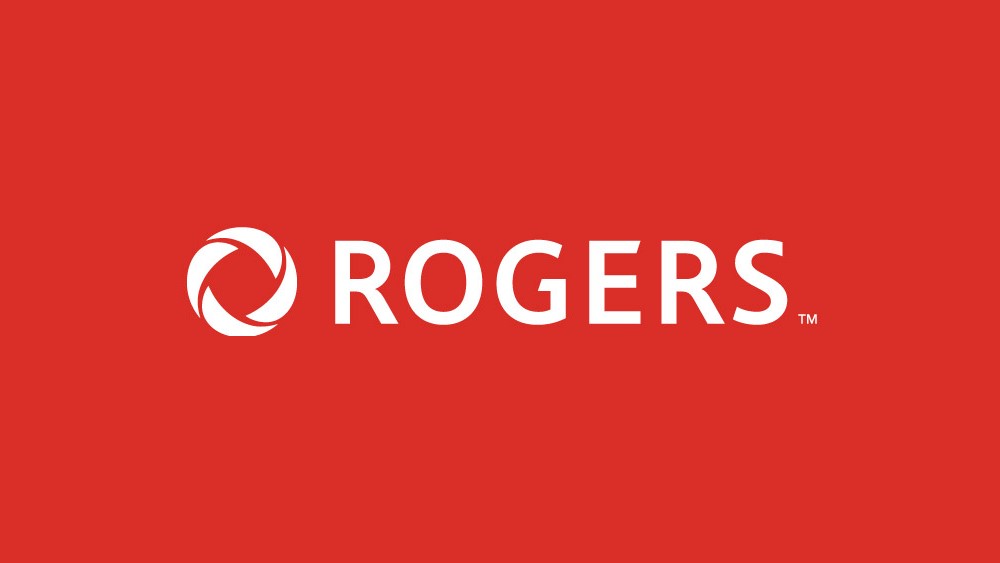
Edward Rogers Junior
Ted Rogers also famous as Edward Rogers Jr. has continued the legacy of his father and flourish the business built on his father’s dream. Apart from being a well-known businessman, he is a philanthropist and was among the richest persons in Canada. Born to a scientist and businessman, Ted also put his best efforts to follow the path of his father. Coming to his education, he attended Upper Canada College, Trinity College, and Osgoode Hall Law school. While studying, Ted purchased the shares in the home-grown radio station CHFI. After several hard works, he could collect the money to fulfill the dream venture of Mr. Edward Sr.
Besides serving as a long time CEO and president at Rogers Communications, he was also appointed at several reputed positions. Such as the Grade of Officer of the order of Canada. He had been honored with the Golden Plate Award in 1990. It is one of the highest awards given by the American Academy of Achievement. As well, both father and son were inducted into the Telecommunication Hall of Fame of Canada.
Present CEO- Joe Natale
He is serving as the president and CEO at Rogers Communications. Joe Natale is the President and Chief Executive Officer of Rogers Communications. Prior to that, he served as Telus corporation’s CEO and President. He has put his efforts into building the globally recognized firm that Telus is today. After working at several leading firms in the wireless telecommunication industry, he is now driving the business of Rogers Communications. However, Joe entered the telecommunication industry in 1987, as an employee of Accenture. At that time, Rogers Communications was a dream company of many, which he became an important part of after working at several firms.
Studied at the University of Waterloo, Joe has a Bachelor’s degree in Applied Science. Apart from that, he along with his wife involved in many social works. He is one of the board trustees at Toronto’s Hospital for sick children. As well, the couple supports many arts and healthcare initiatives. Joe was also honored with the Top 40 under 40 Award, Canada.
Bottom Line
Today, Rogers Communications is one of the dominant wireless communication service providers in Canada. With the long list of old clients in telephony services, high-speed internet services, and other IT services, the firm has also followed the trends to acquire new customers. The firm has been not only dominating the Canadian wireless industry but also is one of the tough competitors in the international market.

Jayshri is an Electronics Engineer, but her passion towards writing made her to be in this field. Apart from content writing, she loves reading, writing and surfing on various topics. In her free time, she likes to watch TV series and news. Sherlock Holmes is her all time favorite show. Jayshri loves cooking various Indian-western dishes.
